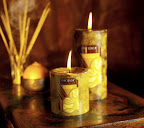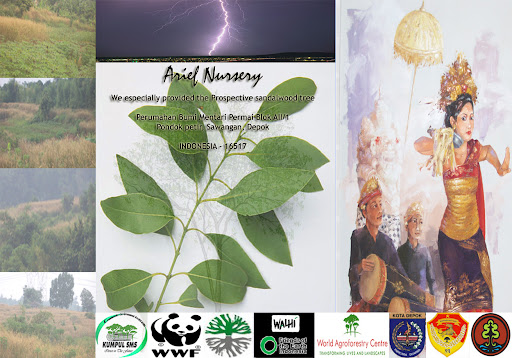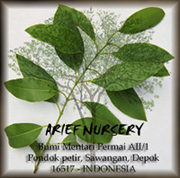
Sinonim : Santalum verum L. Santalum myrti folium Roxb. Sirium myrtifolium L
Familia : Santalaceae.
Analysis
The Local name:
The FOREIGN NAME:
The SIMPLISIA NAME : Santali Lignum; Kayu Cendana. Santali Oleum; Minyak Cendana.
All Practical purpose
- Wood:
1. The urinary tract antiseptic.
2. Dysentery.
3. Diarrhea
4. Enteritis.
- the leaves: Asthma.
- Bark/skin the root: Menstruation was not arranged.
The ingredients and the dose:
Dysentery
The ingredients:
1. Cendana Bark 2 gram
2. The leaves of Patikan China 5 gram
3. A little gambir
4. Water 100 ml
The production method: by pouring hot water.
Dosage: was drunk by 2 times a day, the morning and in the afternoon, each time drank 100 ml. For a long time For medical treatment a long time medical treatment: was repeated for 14 days.
Enteritis
The ingredients:
1. Sandalwood (dust) 1 teaspoonfuls
2. Water boiled 100 ml
The production method: by pouring hot water.
Dosage: was drunk by 2 times a day, the morning and in the afternoon, each time drank 100 ml. For a long time medical treatment: was repeated for 14 days.
Asma
The ingredients:
1. Sandalwood (dust) adequate
2. The Tanjung leaves young several sheets
The production method: the Tanjung leaves young sliced afterwards to drying. After dry was added a little Sandalwood dust, afterwards was made cigarettes.
Dosage: was sucked as sucking cigarettes.
Source: iptek




